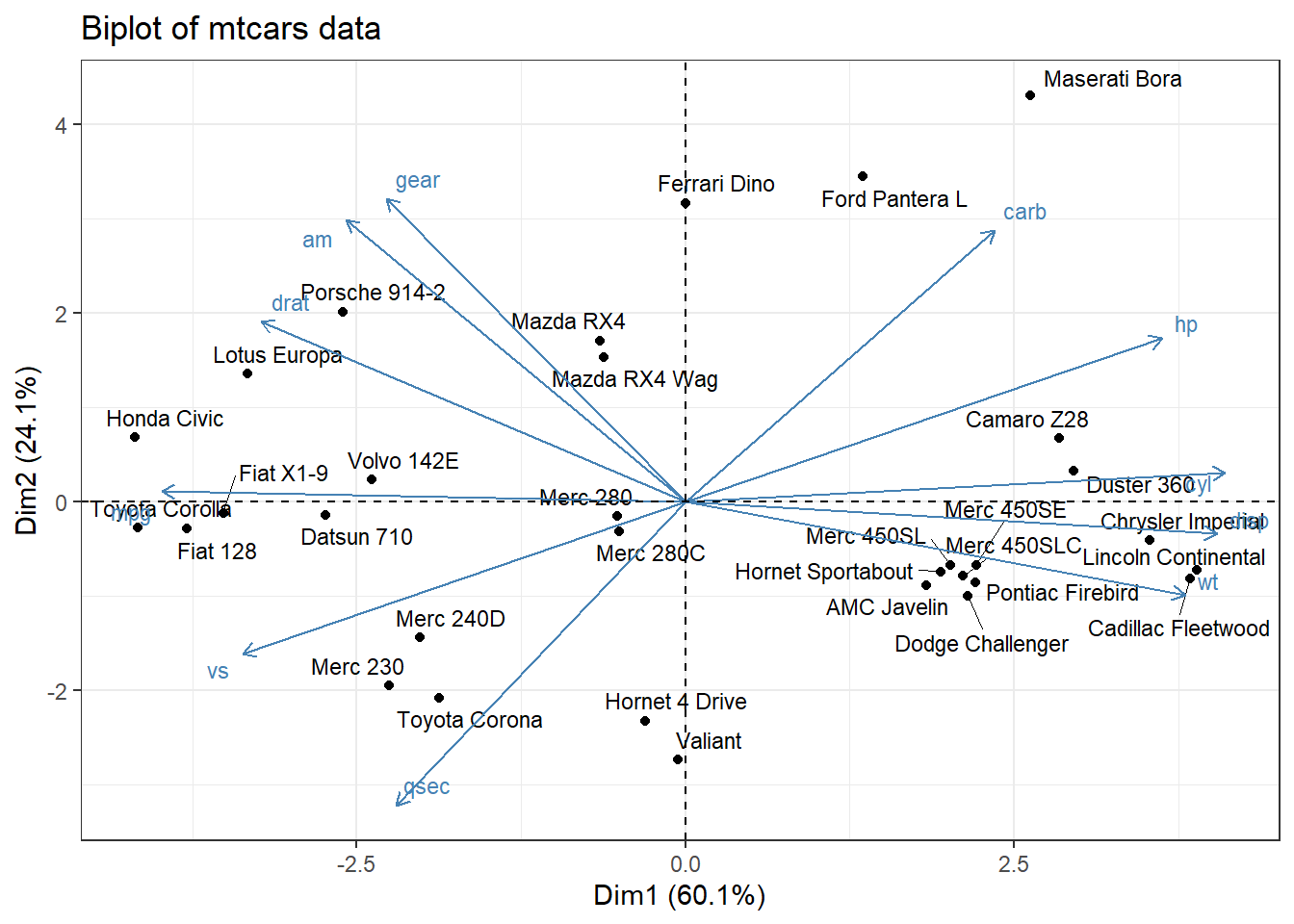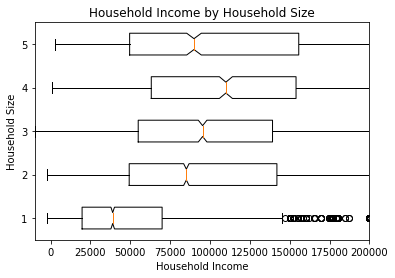
So instead of forming smaller groups for the individual type, we group it into miscellaneous. Miscellaneous: These visualizations can’t be generalized in a particularly large group.

These are very similar to Choropleth in the geospatial genre but can be used in areas apart from geospatial as well. For example, the image on the left is a spatial map distorted to a bee-hive structure.

This means that on a particular variable, the maps are exaggerated. These maps distort reality to present information. This type of representation uses the thematic variable for mapping. The geospatial map is colored on the basis of a particular data variable. The movement of information or objects from one location to another is presented where the size of the arrow signifies the amount. The intuition behind these visualizations is to create a holistic view of performance. Geospatial: These visualizations relates to present real-life physical location by crossing it over with maps (It may be a geospatial or spatial map). In this representation, a backdrop is drawn, and n parallel lines are drawn (for n-dimensional data). It can be either a 100% Stacked Bar graph where the segregation is represented in % or a simple stacked bar graph, which denotes the actual magnitude. The representation segment bars on top of each other. By doing this we would have nC 2 = n(n-1)/2 graphs. In multi-dimensional data, we select any 2 features and then plot them in a 2-D scatter plot. These will enable the user to present key takeaways by breaking a lot of non-useful data. In this, we can use 2 or more features to create a 3-D visualization through concurrent layers. Multidimensional: In contrast to the temporal type of visualization, these types can have multiple dimensions. Here the nodes are represented as dots, and the connection between nodes is presented. The words are closely packed, and the size of the text signifies the frequency of the word. This is typically used for representing text data. This is a type of flow diagram in which the changes in the flow of the network are represented over intervals as desired by the user. This type of visualization is widely used to find the connection between different variables within themselves. These visualizations portray how these datasets relate to one another within a network. Network: The visualization of these type connects datasets to datasets. Similar to a treemap, it uses circular packing instead of rectangles. The area signifies the quantity contained. The tree is represented in the form of rectangles closely packed. And the area of the child node signifies the % of data. This type helps in presenting the tree in a concise size. The tree representation in the Tree diagram is converted into a radial basis. Few terminologies for this representation are: In a tree diagram, the hierarchical flow is represented in the form of a tree, as the name suggests. In simple language, the main intuition behind these visualizations is the clusters can be displayed if the flow of the clusters starts from a single point. Hierarchical: These types of visualizations portray ordered groups within a larger group.

In time series, we represent the magnitude of data in a 2-D graph in chronological order of timestamp in data. In this way, we display a list of data points in chronological order of time. Like the scatter plot, the data is represented by points, except joined by lines to maintain continuity. Like Pie chart, the Polar area diagram is a circular plot, except the sector angles are equal in length, and the distance of extending from center signifies the magnitude. This type of visualization includes circular graphics where the arc length signifies the magnitude. The most common in today’s world is machine learning during exploratory data analysis. These visualization types are represented through lines that might overlap and have a common start and finish data point. Temporal: Data for these types of visualization should satisfy both conditions: data represented should be linear and should be one-dimensional. Though the area of data visualization is ever-growing, it won’t be a surprise if the number of categories increases.

Hadoop, Data Science, Statistics & others Different Types of Data Visualizationĭata visualization is broadly classified into 6 different types.


 0 kommentar(er)
0 kommentar(er)
